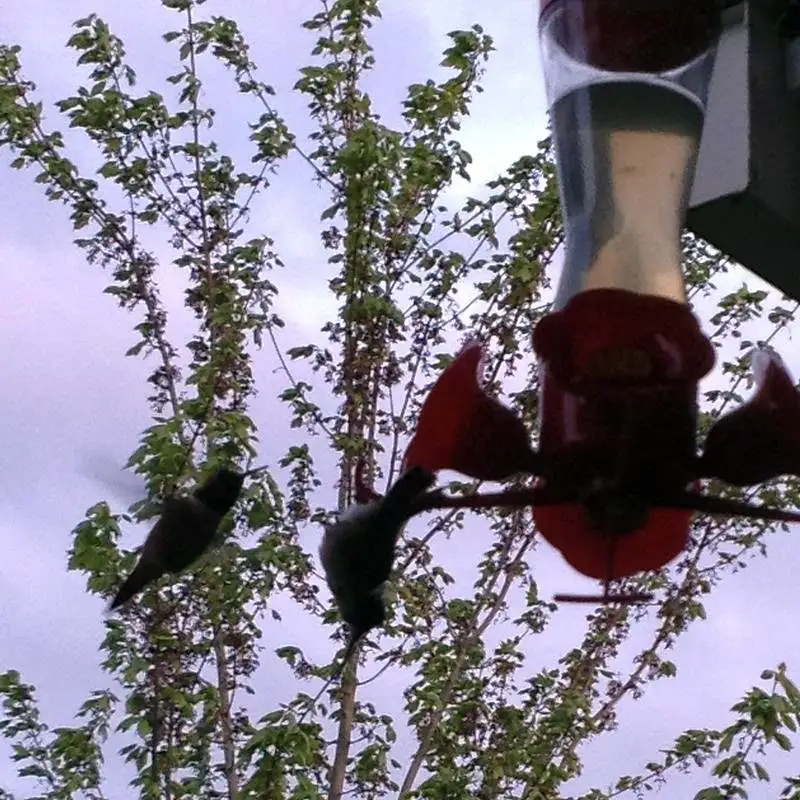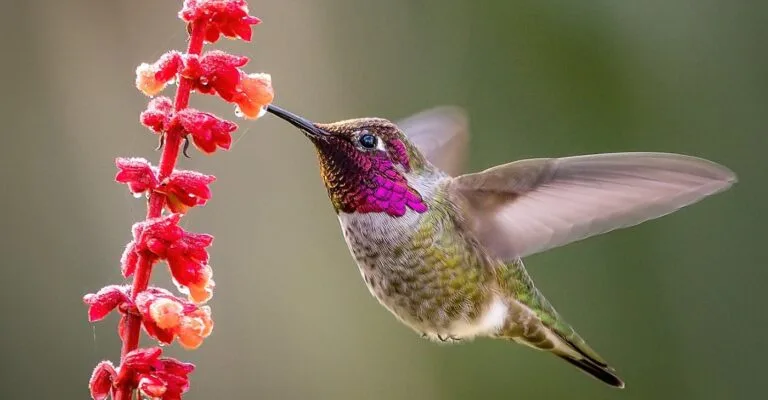Hummingbirds are fascinating creatures that face extreme physiological demands due to their tiny size and rapid metabolism. Researchers have studied how they manage to sustain their intense activity levels and adapt to various challenges, offering insights into their unique biology.
One of the most surprising findings comes from physiological ecologist Anusha Shankar, who discovered that hummingbirds can spend up to 13 hours a day feeding, especially when flowers become scarcer after monsoon rains. Their high metabolic rate requires continuous fueling, and to conserve energy, hummingbirds enter a state called torpor at night, where their body temperature drops to near freezing, saving up to 95% of metabolic energy.

Another key adaptation is their ability to handle massive amounts of sugar. Hummingbirds consume up to 80% of their body weight in nectar daily, which is equivalent to a 150-pound person drinking nearly a hundred 20-ounce Cokes. Despite the potential for harmful effects like glycation (a process linked to diabetes), hummingbirds manage to process such high sugar levels without the associated health problems. Researchers believe that their unique digestive and cellular mechanisms, including leaky guts that allow rapid sugar absorption, play a significant role in this ability.
When their sugar stores are depleted overnight, hummingbirds quickly switch from burning sugar to burning fat to fuel their morning flight, a metabolic shift that happens much faster than in most other organisms. This remarkable adaptability extends to their kidneys, which shut down overnight to prevent dehydration while still maintaining electrolyte balance.
Additionally, hummingbirds that live at high altitudes, like the giant hummingbird, have evolved to cope with thinner air by producing more hemoglobin to carry oxygen. Some species even survive at elevations over 14,000 feet in the Andes, where the air is so thin that helicopters struggle to fly.
The study of hummingbirds’ extraordinary metabolic and physiological adaptations could eventually lead to new insights into managing human conditions like diabetes, as scientists uncover the genetic and biological strategies that allow these tiny birds to thrive despite their extreme lifestyles.
